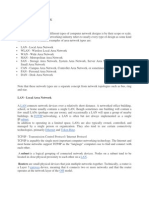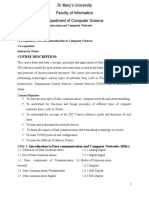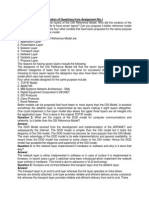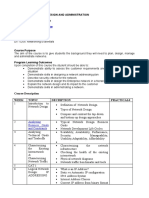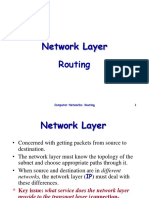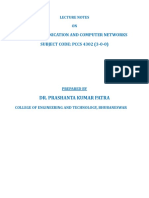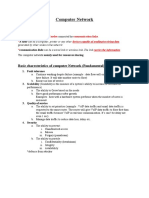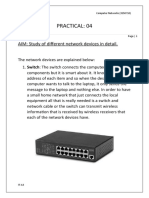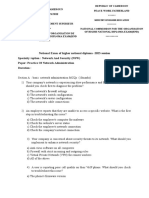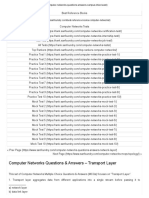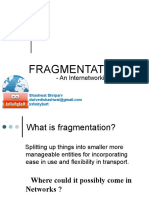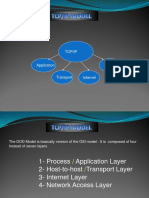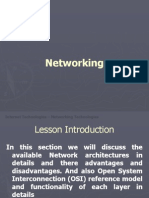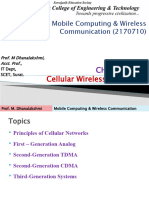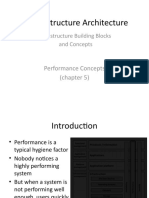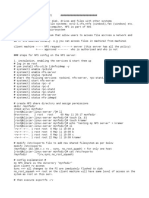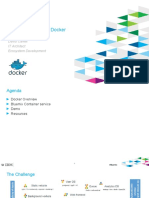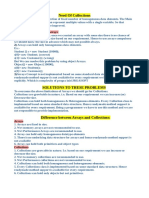100% found this document useful (1 vote)
383 views40 pagesNetwork Layers
This document provides an introduction to computer networks and networking concepts. It discusses computer communications and how networks are composed of connected devices. The document outlines different network types including local area networks, wide area networks, and metropolitan area networks. It also covers common network topologies such as bus, star, ring, mesh, and hybrid topologies. Finally, it discusses different types of transmission media used for networking including twisted pair cable, coaxial cable, fiber optic cable, and wireless media.
Uploaded by
Abhishek DishankitCopyright
© © All Rights Reserved
We take content rights seriously. If you suspect this is your content, claim it here.
Available Formats
Download as PDF, TXT or read online on Scribd
100% found this document useful (1 vote)
383 views40 pagesNetwork Layers
This document provides an introduction to computer networks and networking concepts. It discusses computer communications and how networks are composed of connected devices. The document outlines different network types including local area networks, wide area networks, and metropolitan area networks. It also covers common network topologies such as bus, star, ring, mesh, and hybrid topologies. Finally, it discusses different types of transmission media used for networking including twisted pair cable, coaxial cable, fiber optic cable, and wireless media.
Uploaded by
Abhishek DishankitCopyright
© © All Rights Reserved
We take content rights seriously. If you suspect this is your content, claim it here.
Available Formats
Download as PDF, TXT or read online on Scribd
/ 40






